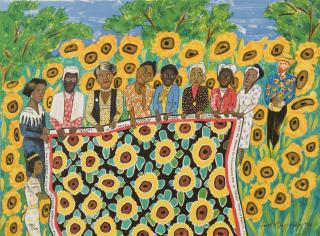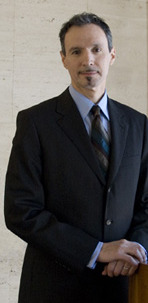Either great minds do think alike, or someone in Nebraska has been listening to Jerry Saltz (and, less prescriptively, me).
 Saltz has railed about the lack of work by women artists on display at the Museum of Modern Art many times, including for an article I wrote for The Art Newspaper’s June issue. That’s when he said:
Saltz has railed about the lack of work by women artists on display at the Museum of Modern Art many times, including for an article I wrote for The Art Newspaper’s June issue. That’s when he said:
“I don’t believe in hanging work in museums according to gender. But MoMA has been so frustratingly remiss in this area that for now I am in favor of anything that MoMA can do to get more work by women artists on view. If this means removing every Picasso and Matisse and Brancusi and Mondrian for nine months, do it.”
That was in the context of MoMA’s women’s initiative, but I’m pretty sure his feeling applies to other museums.
So I was thrilled to see that the Sheldon Museum of Art, part of the University of Nebraska, Lincoln, is devoting some 85% of its gallery space to work by women, despite the fact that works by men dominate its collections 12 to 1 vs. works by women. According to the Omaha World-Herald:
In a two-part exhibit self-consciously titled “Better Half, Better Twelfth,” the Sheldon is featuring a range of works — paintings, prints, photographs and sculpture — by women artists as famous as Georgia O’Keeffe and as up-and-coming as post-representational painter Jennifer Scott McLaughlin.
The museum also is showcasing other works by women through special exhibits, including a traveling first-ever show of female pop artists from the University of the Arts in Philadelphia, on display through September.
 The article quotes Sheldon director Jorge “Daniel” Veneciano saying he believes his domain is the “first U.S. museum he’s aware of that has stored most of its male artists — including the popular Brancusi, Rothko and Hopper — to free up space for lesser-known women.” He drew inspiration from, and visited, the Pompidou Centre’s elles@pompidou exhibit, which stripped the Centre’s galleries of work by men in favor of showing women’s work.
The article quotes Sheldon director Jorge “Daniel” Veneciano saying he believes his domain is the “first U.S. museum he’s aware of that has stored most of its male artists — including the popular Brancusi, Rothko and Hopper — to free up space for lesser-known women.” He drew inspiration from, and visited, the Pompidou Centre’s elles@pompidou exhibit, which stripped the Centre’s galleries of work by men in favor of showing women’s work.
It’s sad that these kinds of measures are necessary — in the long run, the selection of art must be gender-blind (and color-blind).
But it’s not now, and voluntary measures can help remedy the situation.
A strawberry to Veneciano (left).
Photo Credits: The Sunflower Quilting Bee at Arles, by Faith Ringgold (top); Jorge Veneciano (bottom), courtesy of the Sheldon Museum
